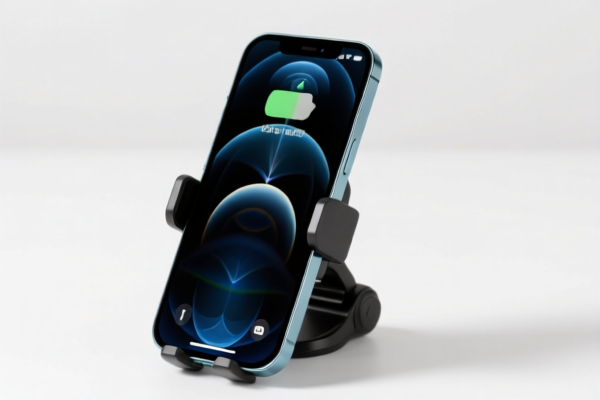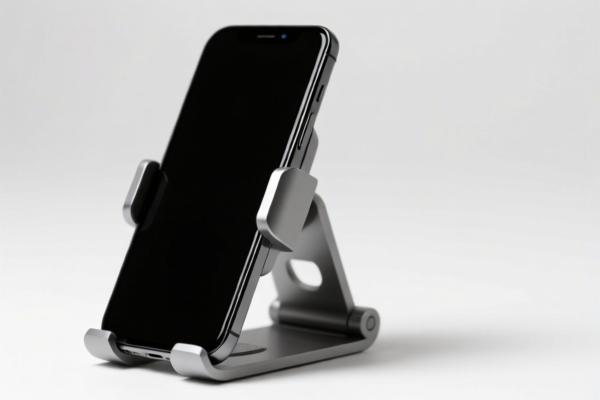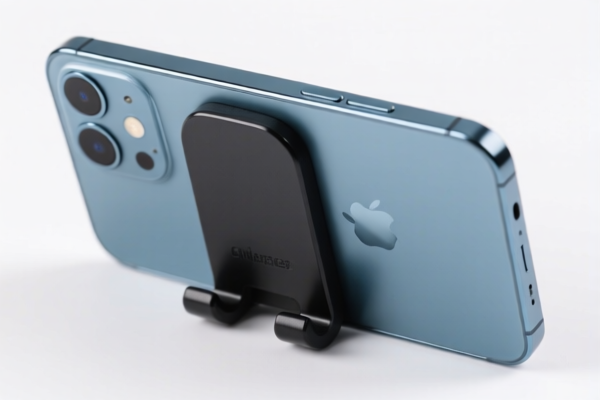| HS Code | Official Doc | Tariff Rate | Origin | Destination | Effective Date |
|---|---|---|---|---|---|
| 3926909989 | Doc | 42.8% | CN | US | 2025-05-12 |
| 8301406060 | Doc | 43.2% | CN | US | 2025-05-12 |
| 9503000090 | Doc | 30.0% | CN | US | 2025-05-12 |




Okay, let's break down the HS codes and tax implications for your declared "MOBILE PHONE HOLDER" items. Here's a detailed analysis, structured for clarity:
Understanding HS Codes: A Quick Primer
HS codes (Harmonized System codes) are internationally standardized codes used to classify traded products. They're crucial for determining tariffs, regulations, and trade statistics. The first 6 digits are generally standardized globally, while the last digits can vary by country.
Item 1: Other articles of plastics and articles of other materials
- HS Code: 3926.90.99.89
- 39: Plastics and articles thereof. This indicates the item is primarily made of plastic.
- 26: Other articles of plastics and articles of other materials. This narrows it down to a specific category within plastics.
- 90: Other. This suggests the item doesn't fit neatly into more specific plastic categories.
- 99: Other. Further specifies the item within the "Other" category.
- 89: Other. This is the most granular level, indicating a very specific type of plastic article.
- Tax Details:
- Basic Duty: 5.3%
- Additional Duty: 7.5%
- Post April 2nd, 2025 Additional Duty: 30%
- Total Tax: 42.8%
- Important Notes: Since this code is quite broad ("Other"), please double-check the exact plastic composition of your phone holder. Different types of plastic might fall under more specific (and potentially lower-tariff) codes. Also, if any metal components are significant, this code might be incorrect.
Item 2: Padlocks and locks
- HS Code: 8301.40.60.60
- 83: Miscellaneous articles of base metal. This indicates the item is made of base metal (e.g., iron, steel, aluminum).
- 01: Padlocks and locks. This narrows it down to locking devices.
- 40: Other locks. This specifies a type of lock that isn't a standard padlock.
- 60: Other. Further specifies the lock type.
- 60: Other. This is the most granular level.
- Tax Details:
- Basic Duty: 5.7%
- Additional Duty: 7.5%
- Post April 2nd, 2025 Additional Duty: 30%
- Total Tax: 43.2%
- Important Notes: Confirm the material of the lock. If it contains significant amounts of plastic, the 3926 code might be more appropriate. Also, the functionality of the lock is important – is it key-operated, combination, or electronic?
Item 3: Tricycles, scooters, pedal cars and similar wheeled toys
- HS Code: 9503.00.00.90
- 95: Toys, games and sports equipment.
- 03: Tricycles, scooters, pedal cars and similar wheeled toys.
- 00: This indicates the general category.
- 00: Further specifies the category.
- 90: Other. This is the most granular level.
- Tax Details:
- Basic Duty: 0.0%
- Additional Duty: 0.0%
- Post April 2nd, 2025 Additional Duty: 30%
- Total Tax: 30.0%
- Important Notes: This code seems appropriate if the phone holder is designed as a toy or recreational item. However, if it's primarily a functional accessory, the 3926 code might be more accurate.
Recommendations & Next Steps:
- Material Verification: Crucially, double-check the primary material composition of each phone holder. This is the biggest factor in determining the correct HS code.
- Functionality: Is the item primarily a functional accessory, or is it designed as a toy/recreational item?
- Single vs. Multiple Codes: If you have different types of phone holders, they might require different HS codes.
- Certification: Depending on the materials used and the intended market, you might need certifications (e.g., RoHS, REACH) to demonstrate compliance with safety and environmental standards. Check the import regulations for your specific destination country.
- Invoice Accuracy: Ensure your commercial invoice accurately reflects the material composition, functionality, and value of each item.
- Post April 2nd, 2025: Be aware of the significant increase in additional duties coming into effect on April 2nd, 2025.
Disclaimer: I am an AI and this information is for general guidance only. It is essential to consult with a qualified customs broker or import specialist in your destination country to ensure accurate classification and compliance with all applicable regulations. They can provide tailored advice based on your specific circumstances.
Customer Reviews
The information is thorough, but the 3926909989 code's note about verifying plastic composition was a bit confusing. Still, it was helpful overall.
I found the 9503000090 code for toy-related phone holders really useful. The tax breakdown and notes on functionality made it easier to choose the right classification.
The detailed explanation of the 8301406060 HS code was very helpful. I was confused about the lock classification, but the notes clarified it for me.
This site has all the HS codes I need for mobile phone holders. The 3926909989 code was exactly what I was looking for with a clear breakdown of the tariff rate.